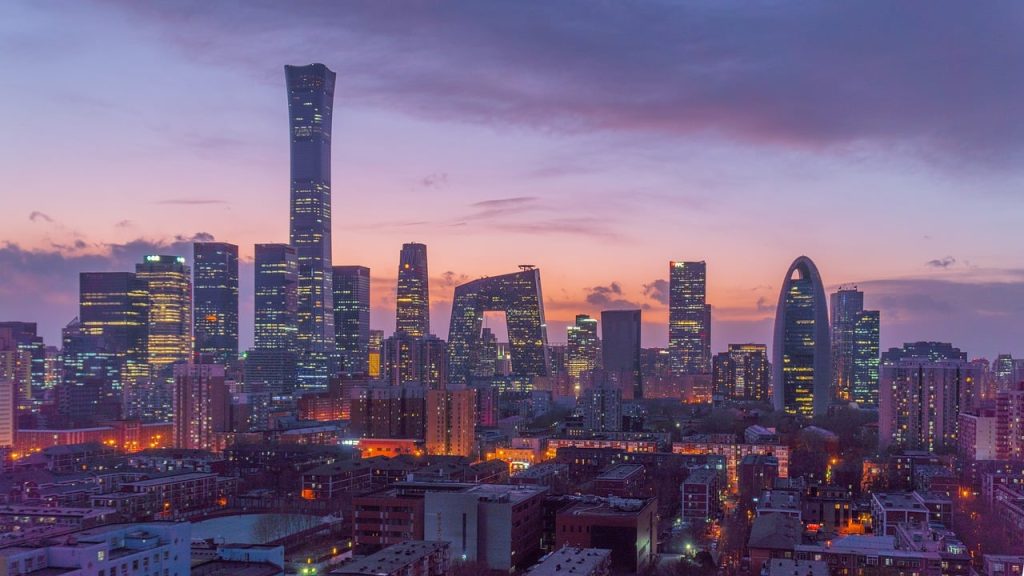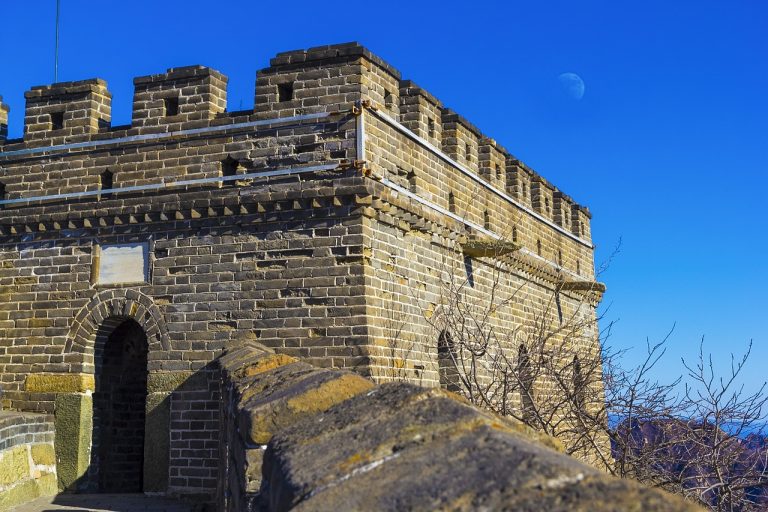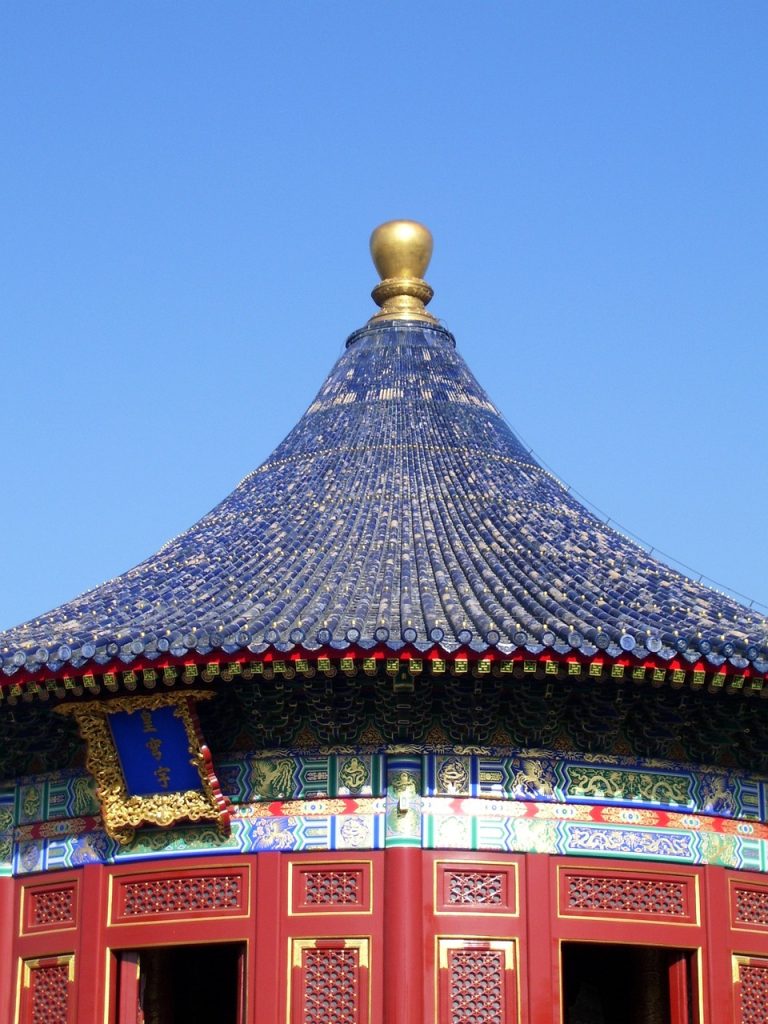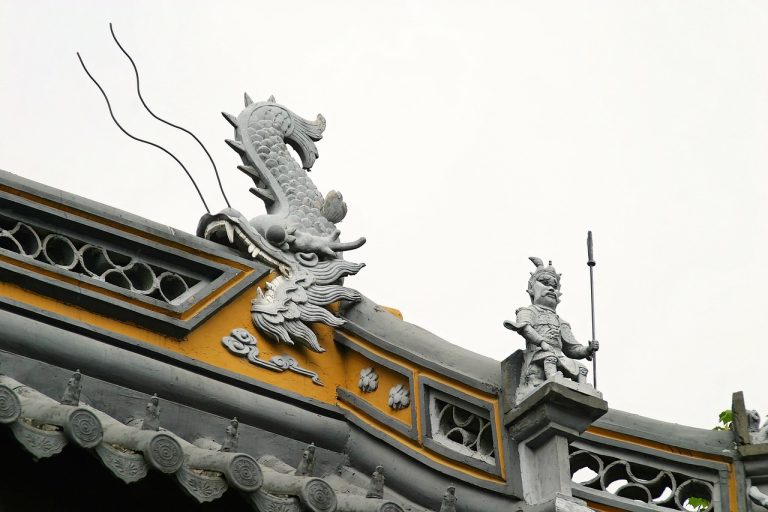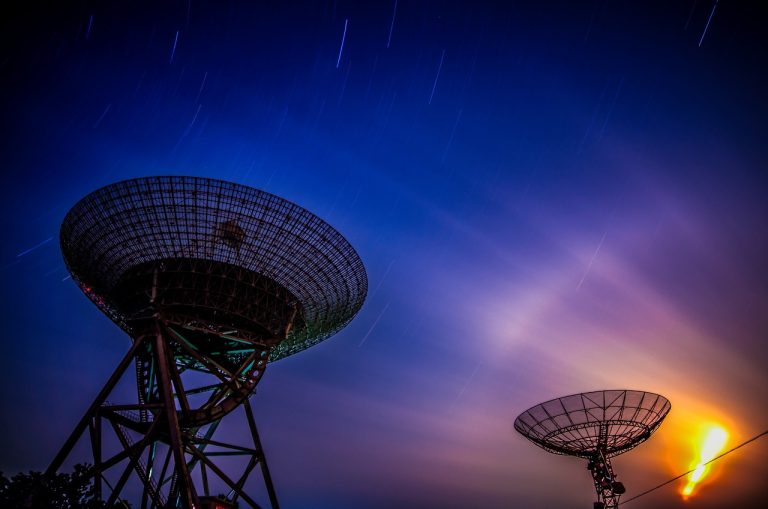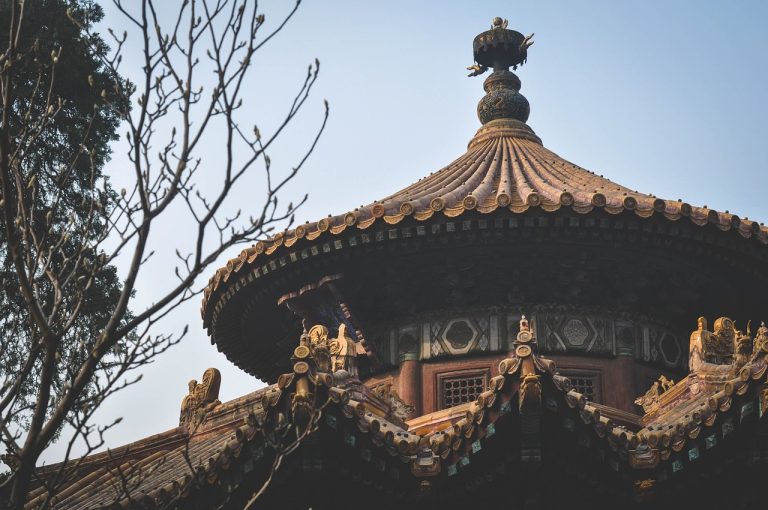Beijing China Video
The Cultural Evolution of Beijing China
Beijing, the capital city of China, is a vibrant metropolis with a rich history and a unique blend of ancient and modern culture. Over the centuries, Beijing has undergone significant cultural evolution, shaped by dynasties, emperors, revolutions, and globalization. This article explores the fascinating journey of Beijing’s cultural evolution, highlighting key aspects that have contributed to its distinct identity.
Ancient Dynasties: Foundations of Beijing’s Cultural Heritage
- Emperor Qin Shi Huang: The first emperor of China, Qin Shi Huang, unified the country and established the foundations of Beijing’s cultural heritage. His mausoleum, containing the famous Terracotta Army, showcases the grandeur and artistic achievements of the Qin Dynasty.
- Ming Dynasty: Known for its architectural marvels, the Ming Dynasty left a lasting impact on Beijing’s cultural landscape. The Forbidden City, a magnificent imperial palace complex, exemplifies the Ming Dynasty’s architectural prowess and symbolizes the power and authority of the emperors.
- Temple of Heaven: Built during the reign of the Ming Dynasty, the Temple of Heaven served as a sacred site for emperors to perform rituals and pray for good harvests. Its unique architectural design and religious significance make it an important cultural landmark in Beijing.
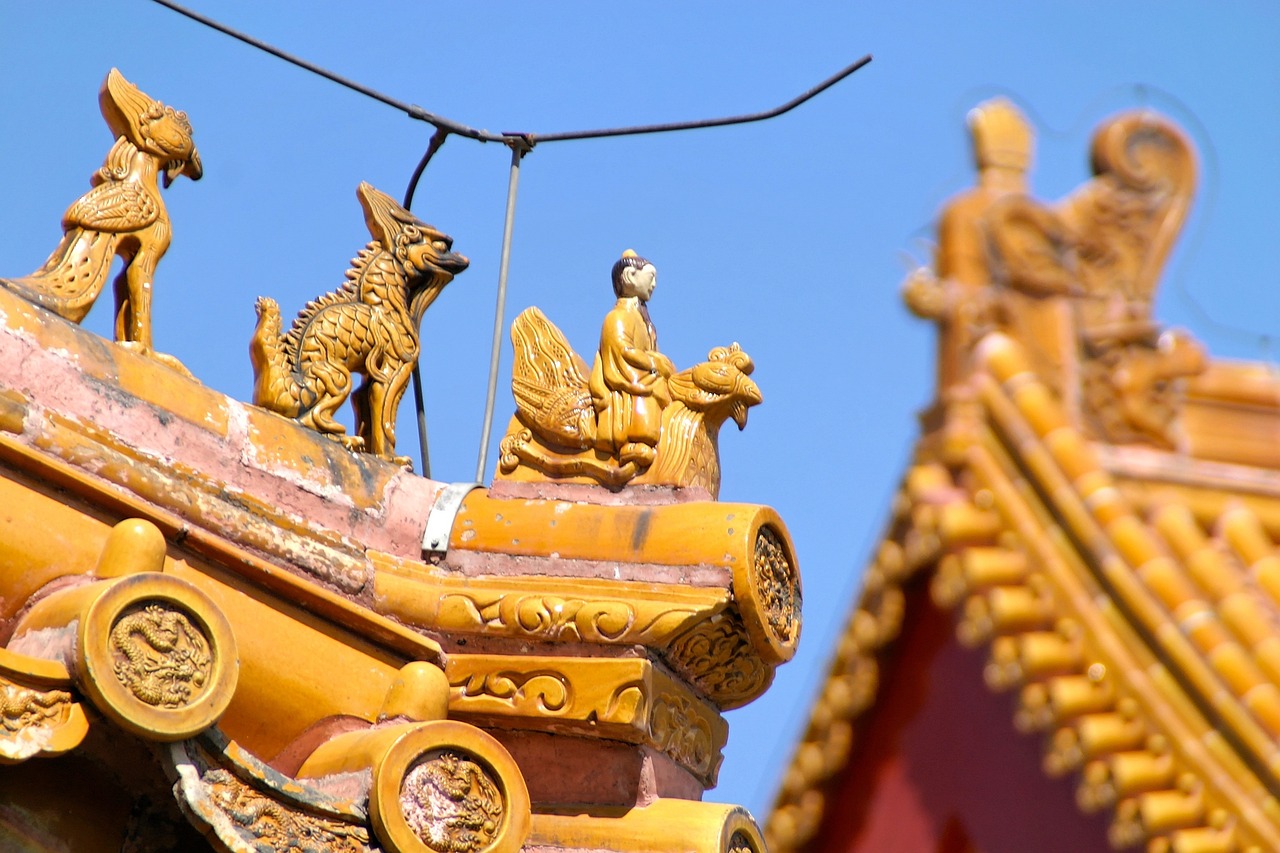
Revolutionary Era: Shaping Modern Beijing
- May Fourth Movement: In the early 20th century, Beijing became a hotbed of intellectual and political activism. The May Fourth Movement, sparked by student protests, challenged traditional values and advocated for cultural and political reforms, leading to a cultural awakening and modernization.
- Communist Revolution: The Communist Party of China played a pivotal role in shaping modern Beijing. The establishment of the People’s Republic of China in 1949 brought significant changes to the city, including the transformation of historic sites into revolutionary landmarks and the promotion of socialist ideology.
- Tiananmen Square Protests: In 1989, Tiananmen Square became the epicenter of pro-democracy demonstrations, which were met with a violent crackdown. The events of the Tiananmen Square protests had a profound impact on Beijing’s cultural and political landscape, shaping the city’s narrative and international perception.

Globalization and Modernization: Beijing’s Contemporary Cultural Scene
- Olympic Games 2008: Hosting the 2008 Summer Olympics was a significant milestone for Beijing. The event showcased the city’s modern infrastructure, architectural wonders like the Bird’s Nest Stadium, and its growing global influence.
- Contemporary Art Scene: Beijing has emerged as a vibrant hub for contemporary art, with numerous art galleries, museums, and cultural districts. The 798 Art Zone, once a factory complex, has been transformed into a thriving artistic community, attracting artists and art enthusiasts from around the world.
- Hutongs: Despite rapid urbanization, Beijing’s traditional alleyway neighborhoods, known as hutongs, retain their cultural charm. These labyrinthine streets offer a glimpse into the city’s past and provide a unique setting for traditional courtyard houses, local markets, and authentic local experiences.
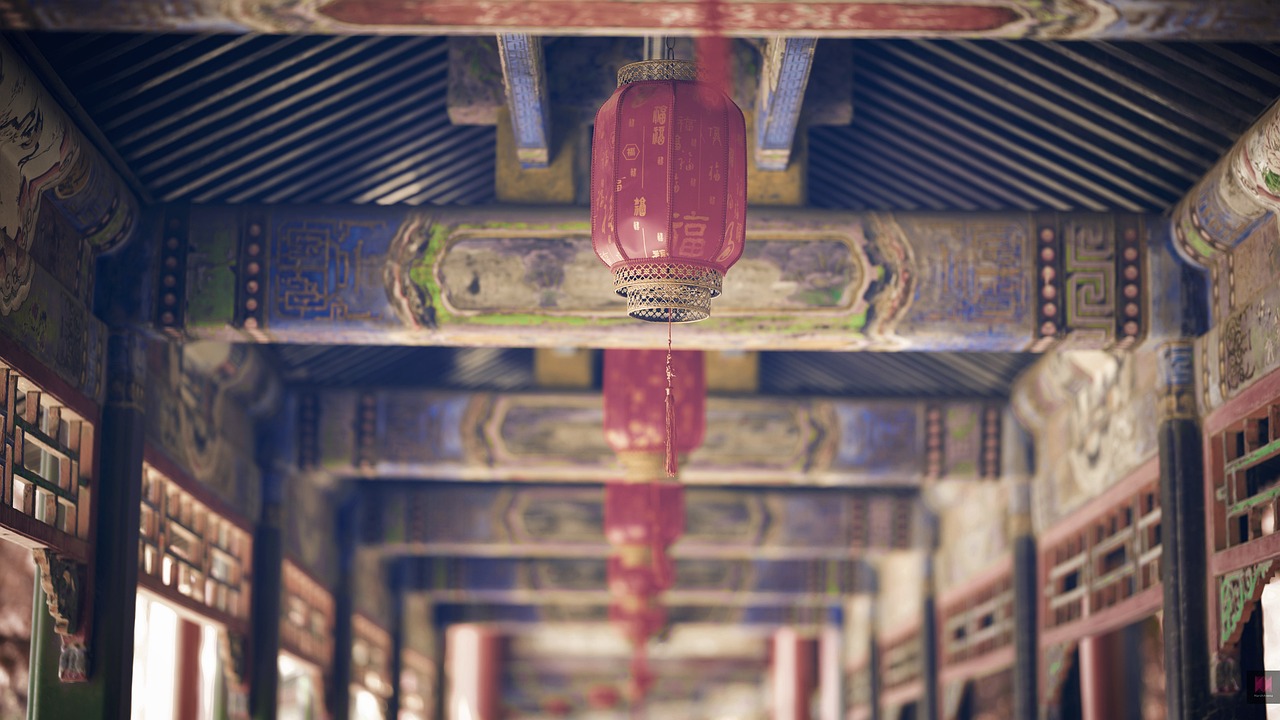
Beijing Cuisine: A Gastronomic Journey
- Peking Duck: A quintessential Beijing dish, Peking Duck is renowned for its crispy skin and succulent meat. This culinary delight has a history dating back to imperial times and has become an iconic symbol of Beijing’s gastronomy.
- Street Food: Beijing’s vibrant street food scene offers a diverse range of flavors and culinary experiences. From savory Jianbing (Chinese crepes) to spicy Lamb Skewers, exploring the city’s street food stalls is a must for any food lover.
- Imperial Cuisine: Beijing’s imperial past is reflected in its exquisite imperial cuisine. Influenced by the imperial court, these elaborate dishes are characterized by meticulous preparation, delicate flavors, and artistic presentation.
Traditional Festivals: Celebrating Beijing’s Cultural Heritage
- Chinese New Year: Also known as Spring Festival, Chinese New Year is the most important traditional holiday in Beijing. The city comes alive with colorful decorations, dragon dances, firecrackers, and traditional performances, offering a glimpse into ancient customs and traditions.
- Mid-Autumn Festival: Celebrated during the autumn full moon, the Mid-Autumn Festival is a time for family reunions and moon appreciation. Mooncakes, a traditional delicacy, are shared among loved ones, and parks are filled with lantern displays and cultural performances.
- Dragon Boat Festival: The Dragon Boat Festival commemorates the ancient poet Qu Yuan and involves dragon boat races, zongzi (sticky rice dumplings) eating, and other traditional customs. It is a lively and festive occasion that showcases Beijing’s cultural heritage.
Education and Intellectual Centers
- Peking University: As one of China’s most prestigious universities, Peking University has played a significant role in fostering intellectual and cultural development. Its beautiful campus and rich academic traditions make it a symbol of Beijing’s educational excellence.
- National Library of China: The National Library of China, located in Beijing, is the largest library in Asia and houses a vast collection of books, manuscripts, and historical documents. It serves as a center for research, education, and cultural preservation.
- Beijing Language and Culture University: Known for its language programs, Beijing Language and Culture University attracts students from around the world who come to learn Mandarin Chinese and immerse themselves in Chinese culture.
Religious Diversity in Beijing
- Temple of Confucius: The Temple of Confucius in Beijing is a significant cultural and educational center dedicated to the renowned Chinese philosopher Confucius. It serves as a place of worship and a venue for traditional ceremonies and cultural events.
- Yonghe Temple: Also known as the Lama Temple, Yonghe Temple is a Tibetan Buddhist temple that represents the harmonious coexistence of different religious beliefs in Beijing. Its stunning architecture and ornate decorations make it a popular tourist attraction.
- Niujie Mosque: Niujie Mosque is one of the oldest and largest mosques in Beijing, serving the city’s Muslim community. It showcases the multicultural fabric of Beijing and the religious tolerance that exists within the city.
Conclusion
Beijing’s cultural evolution is a captivating journey reflecting the city’s rich history, political transformations, and global influences. From the ancient dynasties that laid the foundations to the modernization and globalization of the city, Beijing’s cultural heritage continues to thrive. Its diverse cuisine, traditional festivals, intellectual centers, and religious sites all contribute to the unique tapestry of Beijing’s cultural identity. As the capital of China, Beijing remains a vibrant cultural hub, inviting visitors to explore its past, present, and future.
References
– National Geographic: www.nationalgeographic.com
– UNESCO World Heritage Centre: whc.unesco.org
– China Daily: www.chinadaily.com.cn
– Lonely Planet: www.lonelyplanet.com
– The New York Times: www.nytimes.com

